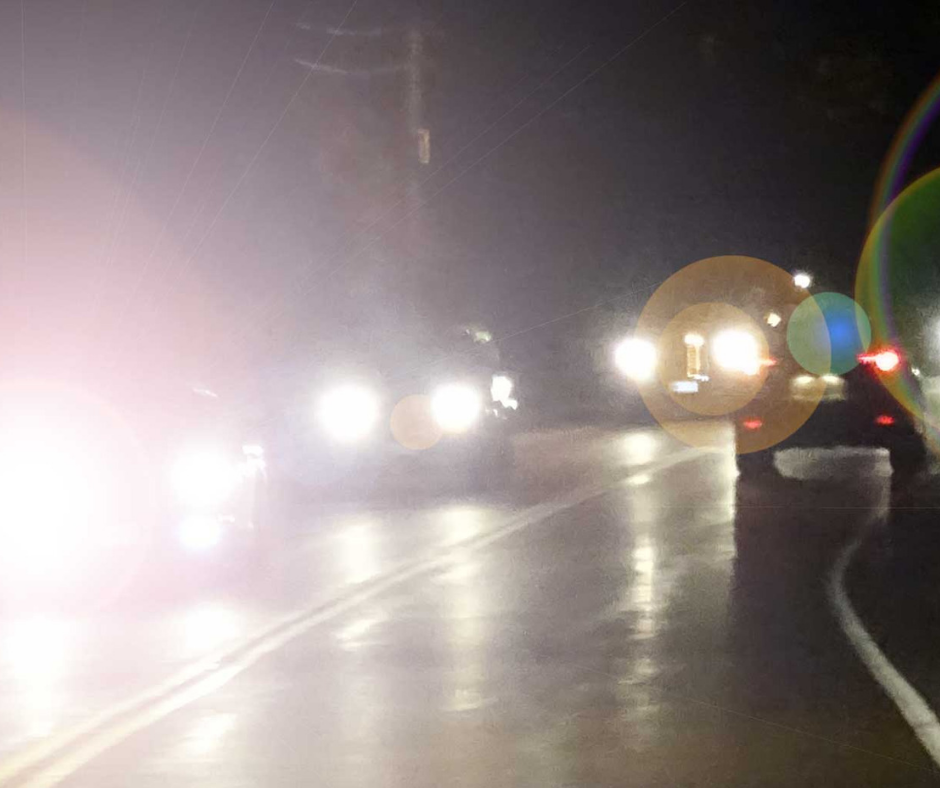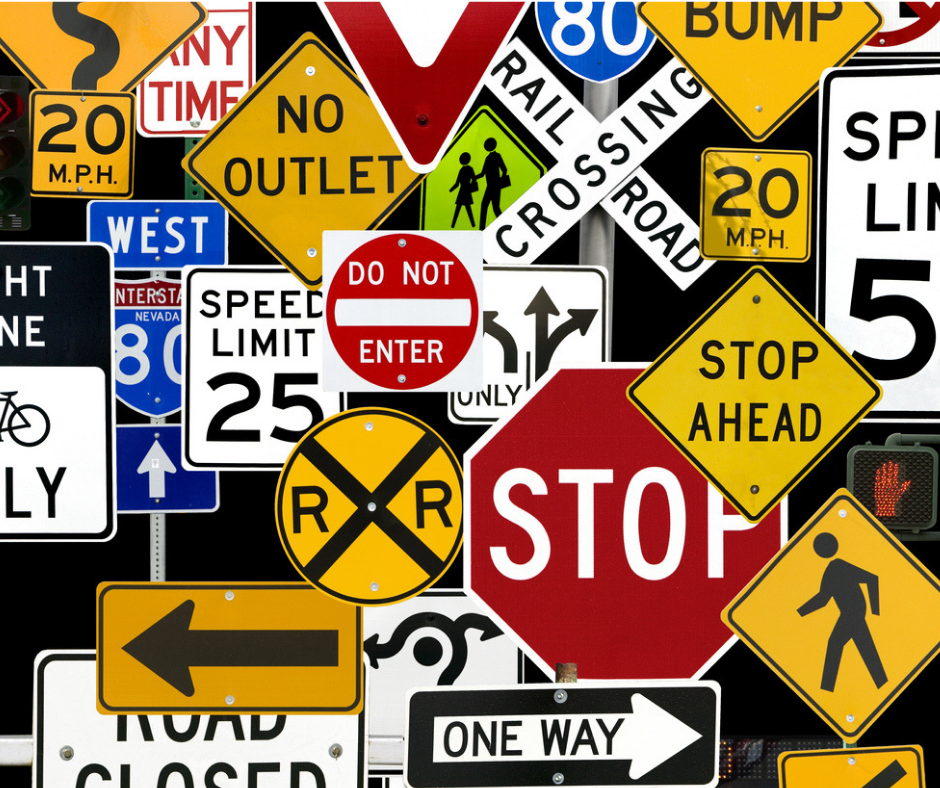Being dazzled by glare from headlights when driving can be disorientating, and according to a recent survey, drivers think the problem is getting worse. In this post, we will let you know how you can avoid the problem of glare from headlights.
Keep your windscreen clean
Make sure that your windscreen is clean, inside and out and also ensure that it is clear of any condensation and ice. When a glass surface is dirty or streaked, any light that hits it can scatter and create glare.

Reduce the brightness of the dashboard lights
If you reduce the brightness of your dashboard lights, this should limit reflections and prevent you from having to readjust your eyes from the dark road to the dashboard.

Keep your headlights clean
Over time, the outer casing of your headlights will become dirty. Ensuring that your headlights are clean will increase your visibility to other motorists and also better illuminates the road ahead. If there is not a white line, look at where the edge of the highway meets the road.

Don’t look directly at the glare
Do not look directly at the glare from oncoming traffic. If the glare is too much, look down to the right at the white line. This will help to become a guide to the road shape. Once passed, focus back on the road ahead.

Keep headlights in good shape
It’s imperative to keep your headlights in good condition while driving.
When approaching someone on the highway, you should dip your lights as soon as you see their headlights. This also applies when you see the rear brake lights too, as headlights can dazzle drivers when they check their rear-view mirror.

Look after your eyes
It’s not always down the vehicle, sometimes your eyes can be the problem. Try to keep your eyes moving to different areas of the road ahead, rather than fixated in one spot – this will reduce the effects of eye fatigue.
If you wear glasses, also make sure your prescription is up to date and your glasses are clean and scratch-free. It is recommended to get an eye test every two years.







